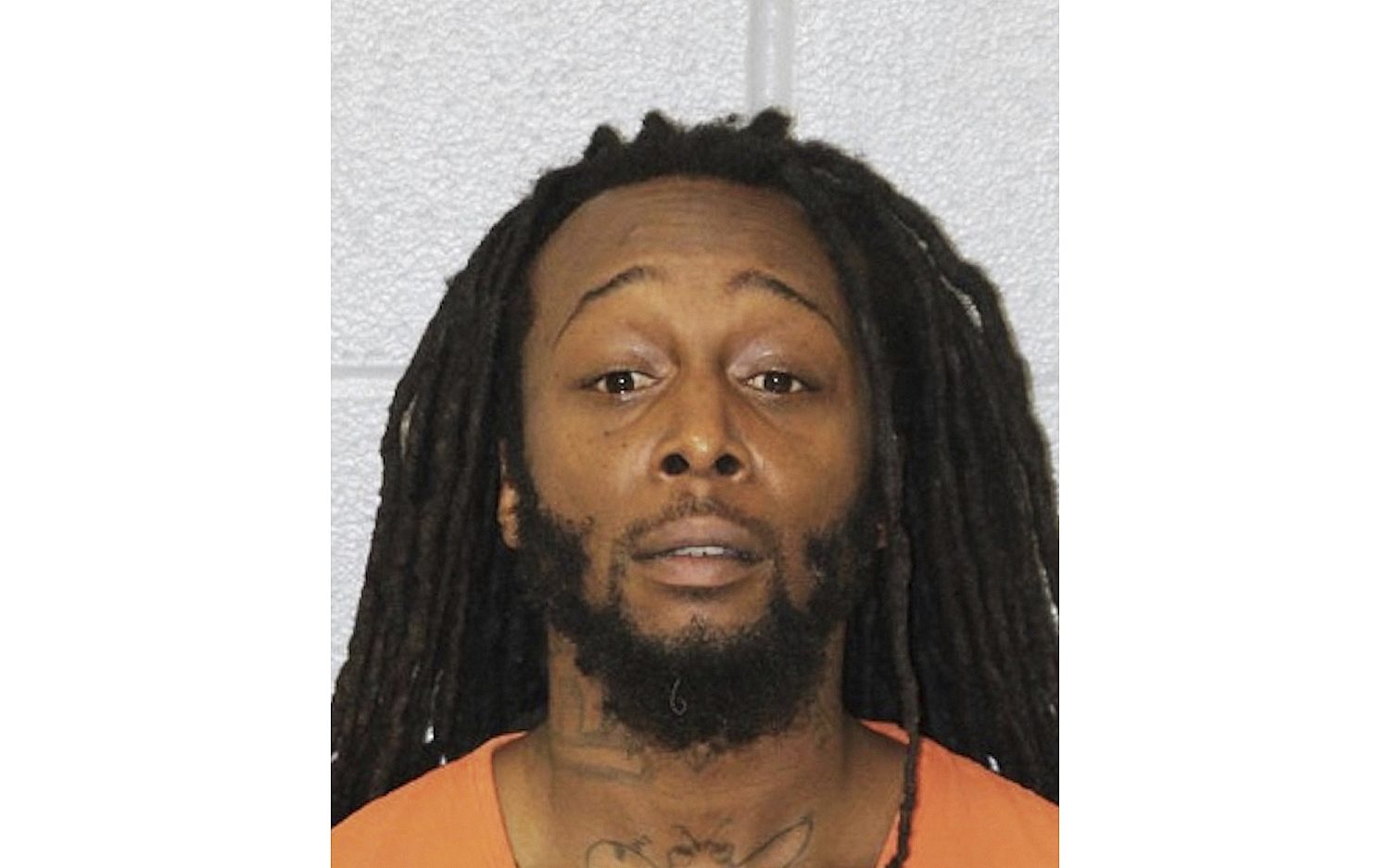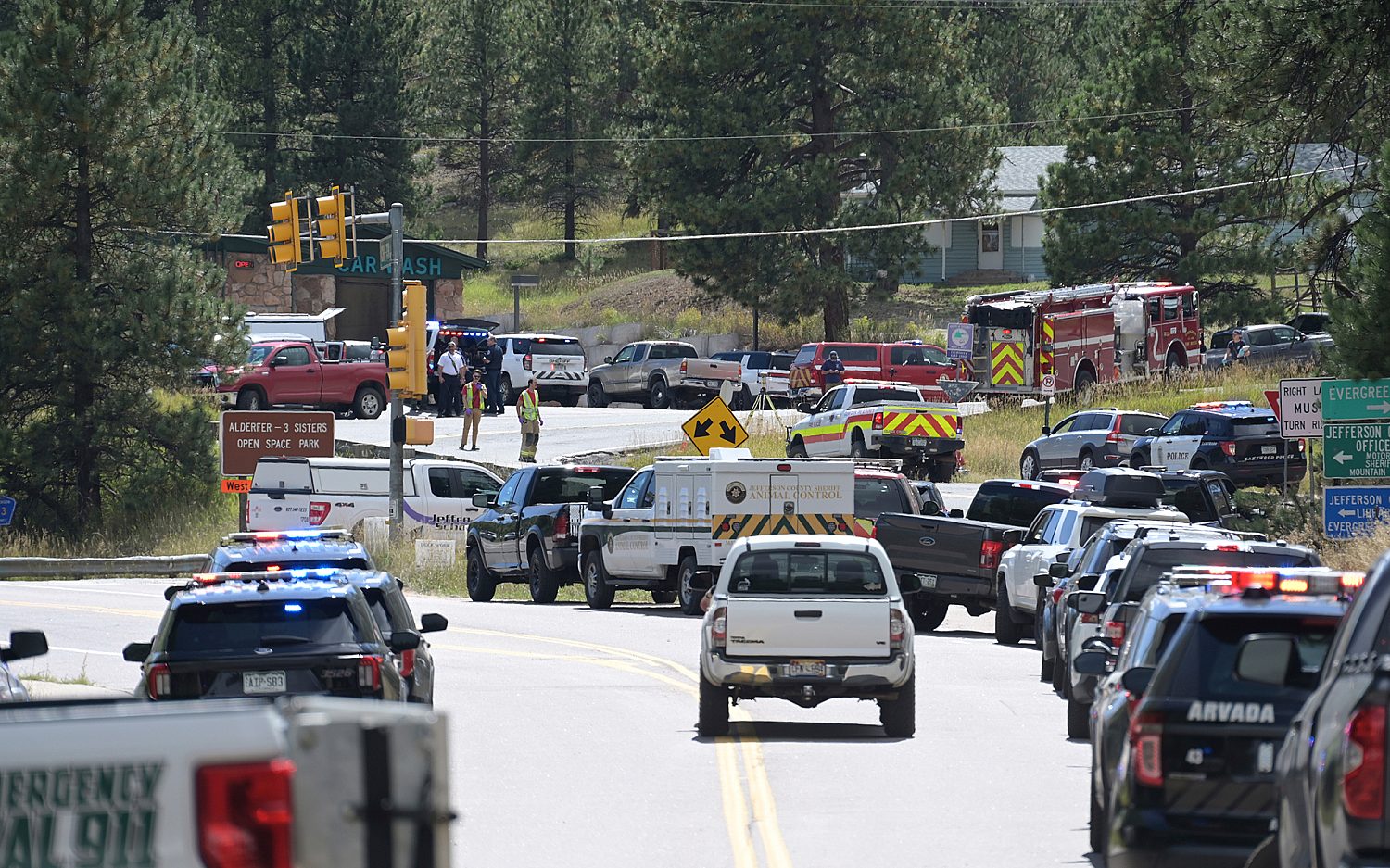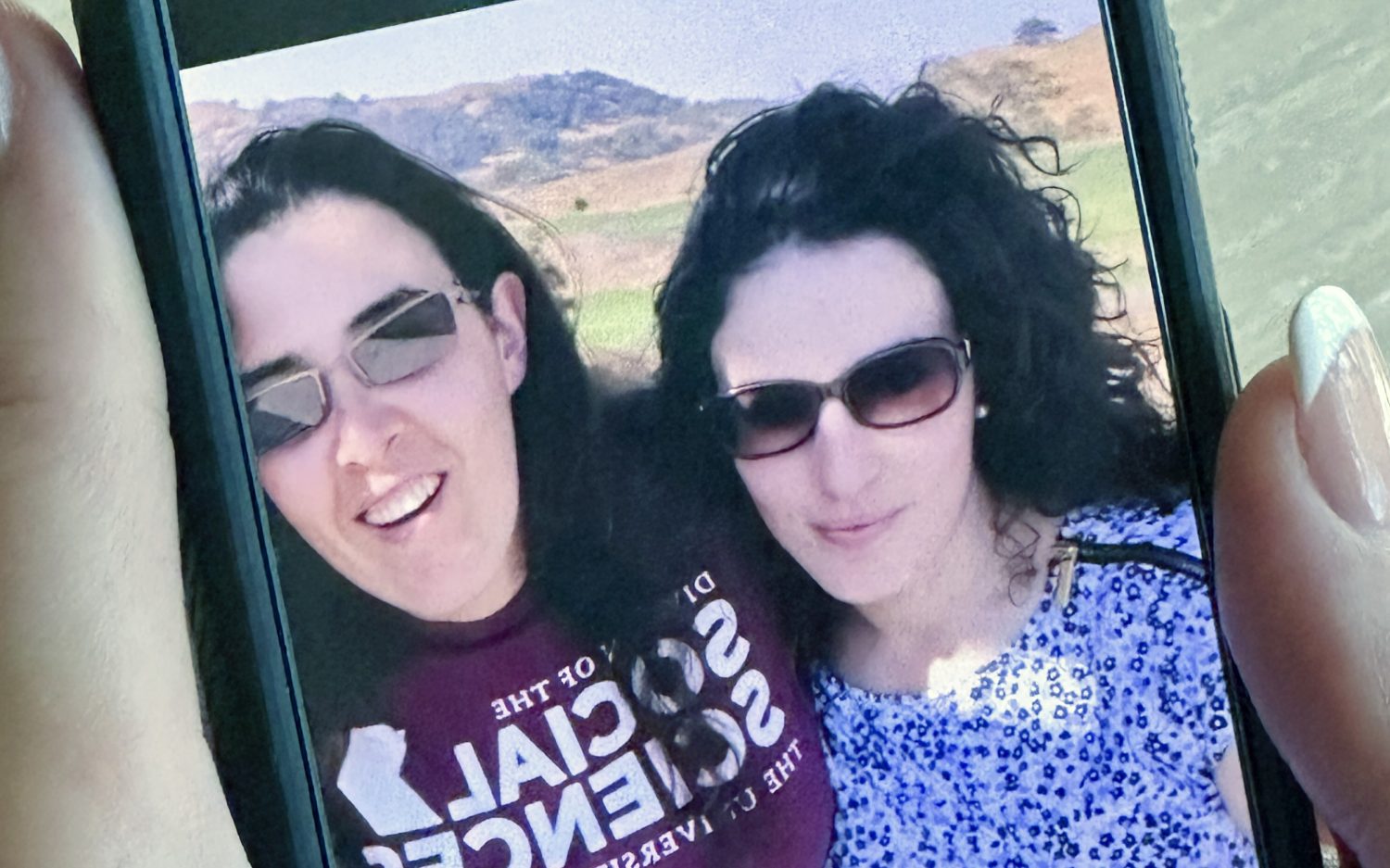Uncertain future
The FBI just freed 105 teens from a life of forced prostitution, but are they really free?
One of the women rescued from her pimp by a sex trafficking sting operation late last month had a hard time believing she was safe. When she arrived at a house set up for victims to rest and begin to recover, she checked the closet in her room to make sure no one would jump out and hurt her. Like most of the women and girls rescued that night, she was scared, said Tatyana Foltz, case manager for the San Francisco human trafficking aid group Freedom House.
Foltz worked with San Mateo, Calif., police during Operation Cross Country, a nationwide FBI-led sting against child sex traffickers executed during the last weekend in July.
Foltz and her coworkers met women with gift baskets, bottled water, and warm cardigans, the best way to show them immediate compassion. Similar scenes played out in 76 other cities, where local police and the FBI arrested 150 alleged pimps and rescued 105 teenaged girls.
But the definition of “rescued” only starts with liberating victims from their abusers. Although sting operations, arrests, and prosecutions may be increasing nationwide, the trafficking victims face a long journey to true freedom.
The pimps themselves often end up on the streets again. In past executions of Operation Cross Country, police have taken more alleged pimps than abused girls. This year was no different. Lois Lee, founder of Children of the Night, said law enforcement officers she meets “joke about how there are more pimps than victims.”
But cumulatively, the FBI claims it has rescued 2,700 girls and earned 1,300 pimp convictions during the last 10 years. The disconnect isn’t a coincidence. Prosecution is hard, the FBI told me, and law enforcement officials often need girls’ testimonies to make their cases stick. Getting pimps off the streets remains a frustrating problem.
The FBI estimates 18,000 people are trafficked into the United States each year, not to mention the 300,000 children at risk of sex trafficking already inside the country. The average age for girls to enter the sex trade in the U.S. is just 12. But according to a Polaris Project survey, just 529 shelter beds existed for human trafficking victims in 2012.
The San Mateo operation turned up 10 adult prostitutes and one pimp, but no minors. Foltz and her friends provided counseling and information on the women’s options. None decided to seek further help from Freedom House, which operates an 18-month home, called Monarch, for victims.
The San Mateo Police Department, which works with Freedom House, told me girls are treated as victims and not prosecuted. When it finds minors, the department works in the short term to give girls a place for the night and separate them from their predators. But long-term help isn’t up to them.
Where do they end up? “It depends” was the most common answer. Government and social service agencies don’t have a clearly defined path for trafficked girls. Juvenile hall may hold them to testify. They may need psychiatric care, or they may have medical conditions that require treatment. They may simply need a loving environment with people to bring them books instead of clients. But a girl’s fate can also depend on local resources, whether a home or advocacy group for victims of sexual crimes exists.
And girls can slip through the cracks. After a 2008 sex trafficking bust in Charlotte, N.C., a local women’s center placed two Latina girls in foster care. But before their special visas for abused children came through, the girls had disappeared. No one knows where they went, but many girls return to their pimps—their perverted providers. Pimps want girls fed, healthy, and looking pretty. They meet their material needs, even as they abuse them. Girls often think they’re better off with someone they know rather than trying to make it on their own.
But “the vast majority of women want out,” Foltz insisted. Even though the women rescued last month didn’t know whether they would be charged with prostitution, Foltz said many expressed concern about the safety of others still under their pimps’ control. And organizations like Freedom House and Children of the Night are giving them a chance at freedom.
Starting in October, the San Mateo Police Department will be able to house children through Freedom House at the Nest, a Santa Clara County home for girls aged 12 to 17. In addition to education and physical needs, Freedom House gives victims access to true freedom. The “kingdom-minded” organization cooks dinner together once a week, with an optional Bible study afterward.
Faith can be a lifeline even in the darkest places. Even as one of last month’s victims hunted in closets for her abusers, another showed what perhaps was God-given strength, Foltz said: “She quoted the Bible and said she was convicted to become a leader for youth and young adults who were ‘coming out of the game.’”
The Associated Press contributed to this report.
An actual newsletter worth subscribing to instead of just a collection of links. —Adam
Sign up to receive The Sift email newsletter each weekday morning for the latest headlines from WORLD’s breaking news team.




Please wait while we load the latest comments...
Comments
Please register, subscribe, or log in to comment on this article.